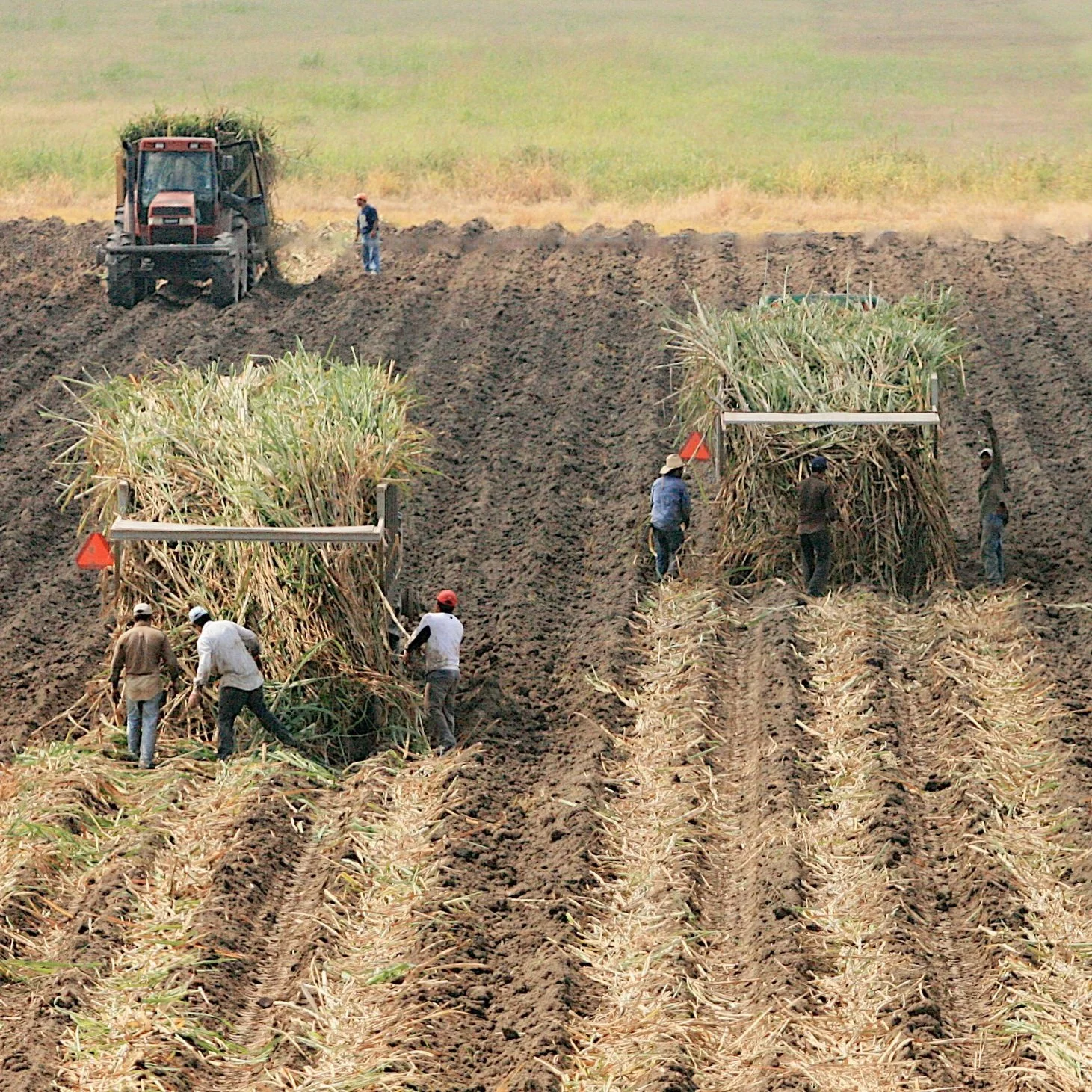The U.S. Department of Agriculture (USDA) hosted the Final Equity Convening to celebrate the work of the USDA Equity Commission and the progress the Department has made under the Biden-Harris Administration to improve access to and inclusion in its programs and services. Held at the USDA Headquarters in Washington, D.C., this event represented a culmination of the National Equity Summit and eight regional equity convenings hosted by the Department throughout this year, as well as an opportunity for discussion around how equity and inclusion are a central focus of USDA’s programs.
Read MoreAccording to The United States Department of Agriculture, 1 in 7 people in Louisiana struggle with access to healthy foods. Beauregard Parish is one of the most affected by food insecurity.
”If you’re comparing it to other communities around the country it’s not very good. We have one of the highest rates of food insecurity,” Paul Scelfo, Chief Regional Officer of Second Harvest Food Bank, said.
Read MoreAs of Wednesday, the U.S. Department of Agriculture’s (USDA) long-awaited updates to the Farm Service Agency’s (FSA) Farm Loan Programs are officially in effect. These changes, part of the Enhancing Program Access and Delivery for Farm Loans rule, are designed to increase financial flexibility for agricultural producers, allowing them to grow their operations, boost profitability, and build long-term savings.
Read MoreThe U.S. Department of Agriculture’s (USDA) Commodity Credit Corporation (CCC) announced sugar loan rates for crop year 2024 (fiscal year 2025).
USDA offers commodity loans to processors of sugar beets and domestically grown sugarcane to provide interim financing to producers so that sugar can be stored after harvest when market prices are typically low and then sold later when price conditions are more favorable.
Read MoreThe U.S. Department of Agriculture (USDA) is announcing the launch of the Distressed Borrowers Assistance Network, an initiative designed to provide personalized support to financially distressed farmers and ranchers across the nation
Read MoreLouisiana corn for grain production is forecast at 85.0 million bushels, up 3 percent from August 1 forecast but down 29 percent from 2023. Based on conditions as of September 1, yield is expected to average 191 bushels per acre, up 6 bushels from last month and up 16 bushels from last year. Harvested acreage for grain is estimated at 445,000 acres, down 235,000 acres from 2023.
Read MoreUSDA's Economic Research Service (ERS) forecasts inflation-adjusted U.S. net cash farm income (NCFI), defined as gross cash income minus cash expenses, will decrease by $16.3 billion (9.6 percent) to $154.1 billion in 2024. This would come after an NCFI decrease of $52.9 billion (23.7 percent) in 2023 from an all-time high of $223.3 billion in 2022.
Read MoreThe United States Department of Agriculture (USDA) announced new funding for the Agricultural Conservation Easement Program (ACEP) for fiscal year 2025 as part of President Biden and Vice President Harris’ Investing in America agenda. Administered by USDA’s Natural Resources Conservation Service, the program helps landowners and other eligible entities conserve, restore, and protect wetlands, productive agricultural lands, and grasslands at risk of conversion to non-grassland uses. Healthy wetlands, grasslands, and farmlands sequester carbon and provide many other natural resource benefits. Today’s funding is made possible by the Inflation Reduction Act, the largest investment in climate action in history.
Read MoreThe USDA Farm Service Agency is looking for a Loan Assistant/Specialist (Agriculture) to work out of the office in Oak Grove, La. Anyone interested has until September 9, 2024 to apply.
Read MoreThe U.S. Department of Agriculture (USDA) announced loan interest rates for September 2024, which are effective Sept. 1, 2024. USDA Farm Service Agency (FSA) loans provide important access to capital to help agricultural producers start or expand their farming operation, purchase equipment and storage structures or meet cash flow needs.
Read MoreThe U.S. Department of Agriculture (USDA) Commodity Credit Corporation (CCC) announced today that it does not expect to purchase and sell sugar under the Feedstock Flexibility Program for crop year 2024, which runs from Oct. 1, 2024, to Sept. 30, 2025. The CCC is required by law to quarterly announce estimates of sugar to be purchased and sold under the Feedstock Flexibility Program based on crop and consumption forecasts.
Read MoreThe U.S. Department of Agriculture (USDA) is announcing the launch of the Debt Consolidation Tool, an innovative online tool available through farmers.gov that allows agricultural producers to enter their farm operating debt and evaluate the potential savings that might be provided by obtaining a debt consolidation loan with USDA’s Farm Service Agency (FSA) or a local lender.
Read MoreUSDA’s National Agricultural Statistics Service’s (NASS) Census of Agriculture is published every five years and provides data at the U.S., state, and county levels.
One metric tracked is the average age of agricultural producers. This information is provided for selected southern states for the Census reporting periods 2017 to 2022, along with the percentage change in average age for that timeframe.
Read MoreLouisiana leads the country for soybeans dropping leaves. Soybean maturity in the state climbed 10 percentage points to 40% the week ending Aug. 25. That’s just ahead of the five-year average of 37%.
Soybeans in good/excellent condition made up 74% of Louisiana’s crop the week ending Aug. 25. That’s an impressive number on its own, but a nosedive compared to 84% good/excellent soybeans reported the week prior.
Read MoreThe USDA has issued payments to 43,000 persons, most in Mississippi and Alabama, who completed applications detailing how they experienced discrimination in the Agriculture Department’s lending programs before January 2021.
The next highest number of awards to both categories of farmers were 2,926 in Oklahoma, 2,170 in Georgia, 1,584 in Tennessee, 1,456 in Arkansas, 1,376 in North Carolina, 1,369 in South Carolina, 1,311 in Texas, 1,265 in Louisiana and 1,059 in California.
Read More













